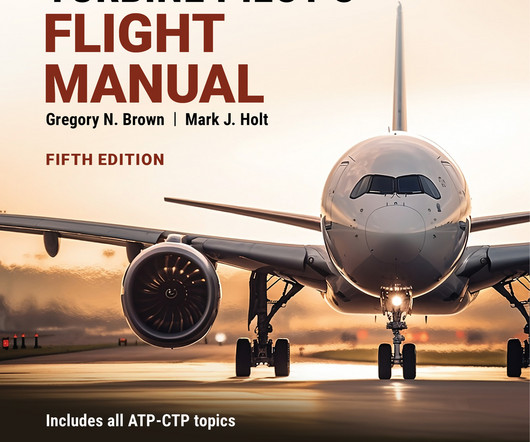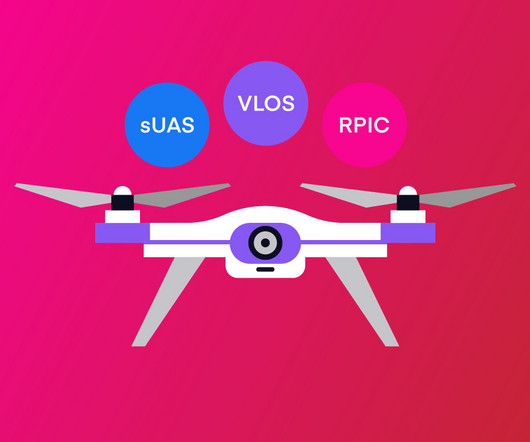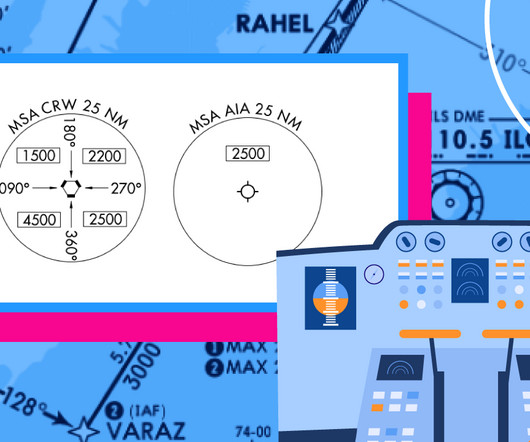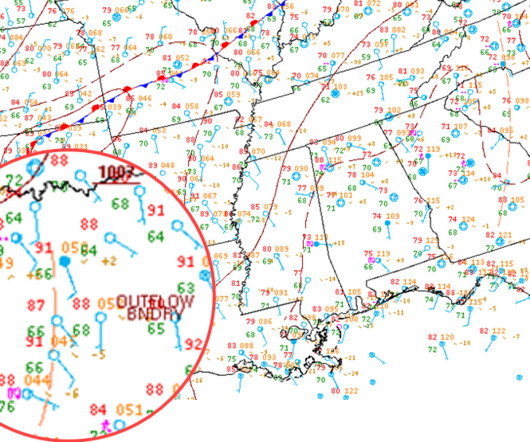How to Read a Windsock
Pilot Institute
JANUARY 3, 2025
More Safety Private Pilots usually fly lighter aircraft that are more sensitive to wind. These aircraft have lower crosswind limitations and are more affected by gusts and wind shear. A windsock can help you quickly evaluate if the wind conditions are within your aircraft’s capabilities. Why does this matter?






























Let's personalize your content